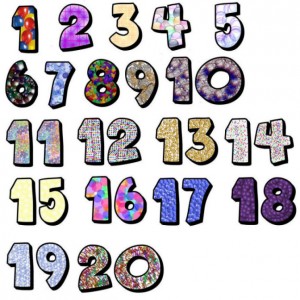Hunger Probability Games CCSS.Math.Content.7.SP.C.8
Megan Kriete, Christine Godfrey, Eric Zils
Welcome to the Hunger Probability Games! There will be 6 of your students randomly drawn to be picked for the ultimate Mathematics show down. Once your students number is picked that student cannot be drawn again. Let the games begin! Then students will find the probability of their number either drawn or not drawn in the activity. This activity is a lesson for the students to find probabilities of compound events using a program in the TI-84 Graphing calculator and a tree diagram.
This is a statistics and probability activity. The problems in this activity have numbers which do not repeat. This lesson will be the second lesson in a four-lesson unit. Using a procedure to write probability problems containing non repeating numbers. The probability problems are using drawings and/or manipulatives to solve real world problems by using an algorithm or technology. The mathematics content addressed in this learning segment is Common Core State Standard CCSS.Math.Content.7.SP.C.8 Find probabilities of compound events using organized lists, tables, tree diagrams, and simulation. For example, how many ways could the 3 students, Mark (A), Janet (B), and Teri (C), come in 1st, 2nd and 3rd place? Solution: making an organized list will identify that there are 6 ways for the students to win a race {A, B, C} {A, C, B} {B, C, A} {B, A, C} {C, A, B} {C, B, A}.
For the students who are English Language Learners (ELL), they will be allowed notes describing any terms in their native language. For all students the terms and algorithms will be defined/described on the whiteboard so they may construct their own mathematics dictionary. The visually impaired student will be given the definitions/descriptions/notes (algorithms) in large print or in braille through special education services. For students who have demonstrated that they have not yet mastered the sixth grade Common Core State Standard of recognizing statistical questions, displaying data and summarizing data sets they will receive additional help/tutoring outside of class. Students who have difficulty visualizing probabilities abstractly or with the technology will be given manipulatives.
Scaffolding Procedures
- Students will use previous and current vocabulary and mathematical strategies in this lesson, such as factorial.
- Students will use technology to gather data in order to fill in the probability table used to record their chances of having their number drawn in the game.
- Students will then use the data they gathered to draw a diagram representing the data.
- After “X” amount of time the teacher will show students how to represent the data with a tree diagram.
- Students will then apply the table and tree diagram for the use of answering the question portion of the activity.
- As homework students will then use this procedure to create and solve their own probability problem using coin(s).
Attachments: Lesson Plan and Activity Sheet (end of lesson plan): LessonPlan 1 Group.1
Calculator Directions: TI-84 Graphing Calculator
